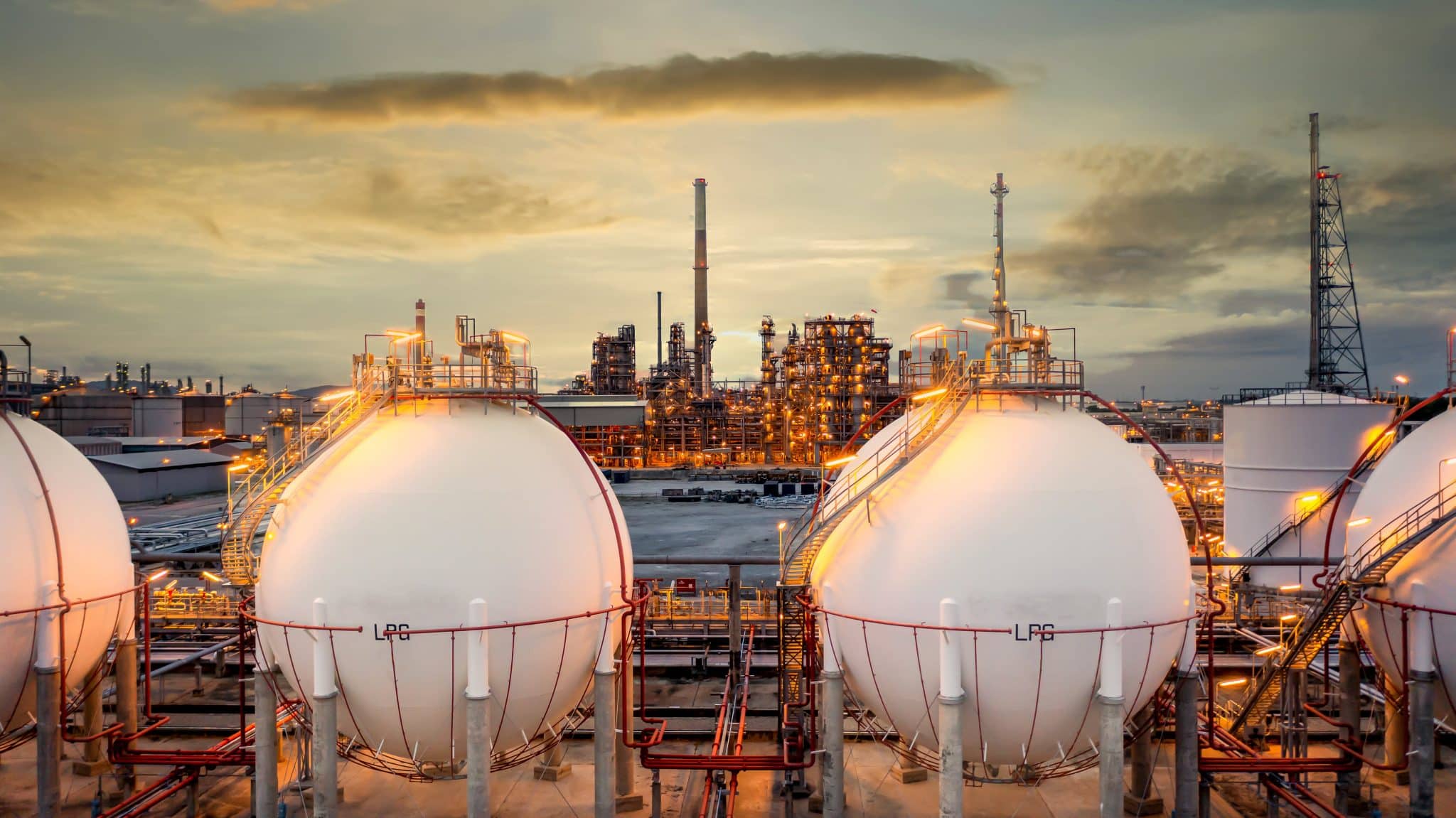
The Vital Role of Bulk Liquid Terminals in the Energy Transition
Meeting the world’s growing energy needs while transitioning to a low-carbon future is a massive challenge.
ILTA member companies know this work will demand our efforts for decades. The recent Sustainable Development Scenario released by the International Energy Agency projects that nearly 50% of the world’s energy needs will be supplied by oil and natural gas in 2050, even if every nation meets its commitments under the Paris Climate Agreement.
Terminal companies will remain essential to supply chains for petroleum-based fuels, while also playing a vital role in enabling the growing demand for biofuels, hydrogen, ammonia and other alternative fuels and energy carriers.
As the world undergoes the energy transition to low- and no-carbon fuels, liquid terminals will play an essential role in the storage, logistics and transport of these products.
Terminal companies are uniquely positioned to apply their expertise and physical assets to the supply chains of tomorrow’s fuels, just as they do for the fuels of today. One major hurdle in the energy transition is the lack of adequate infrastructure to distribute energy to the right location at the right price.
The enormous assets of our current energy infrastructure — including pipelines and liquid terminal facilities — have tremendous potential for repurposing for alternative fuels. But even more importantly, the terminal industry offers the knowledge and specialized skills of a highly trained workforce. These are the people who can help us succeed by implementing new technologies and innovations, while also ensuring compliance with evolving safety and environmental standards.
This is an exciting time in the energy sector and many terminal companies are exploring opportunities within potential pathways to our energy future. One important area is hydrogen. Hydrogen can be transported as a gas, possibly by converting natural gas pipelines or constructing new pipelines.
However, pipeline construction can be an extremely expensive and time-consuming process. An interesting approach that is getting a great deal of attention is liquefied hydrogen, which is comparable to LNG in its ability to be shipped and stored. However, as in the case of LNG, liquefaction is a capital-intensive process.
Moreover, the supply chain must be extremely cold, which imposes significant financial and energy costs.
A second solution pathway is the use of ammonia as an energy carrier. Liquid ammonia has a higher energy density (11.5 MJ/liter) than liquid hydrogen (8.5 MJ/ liter).
As a liquid at ambient pressures and temperatures, ammonia is also easier and cheaper to store and transport than liquid hydrogen and can utilize a greater range of existing infrastructure and equipment.
Ammonia is attracting attention among many in the energy industry. Japan, for instance, is planning to import millions of tons of ammonia by 2030.
The largest port in Europe, the Port of Rotterdam, is leading an initiative of 18 companies exploring the establishment
of a large-scale ammonia cracker, which could enable imports of 1 million tons of hydrogen per year. However, bulk storage of ammonia requires specialized safety and security measures and may not be suitable for all markets.
A third pathway is the use of liquid organic hydrogen carriers (LOHC), which are organic compounds that can absorb and release hydrogen through chemical reactions.
Existing tanks and pipelines are compatible with storage and transportation of LOHCs. However, disadvantages include high hydrogen pressure requirements and high reaction temperatures for both hydrogenation and dehydrogenation steps, which require different catalysts and high costs.
Reducing global emissions will require well-coordinated efforts by governments, businesses, supply chains, consumers and other stakeholders. As essential partners in the energy transition, the liquid terminal sector is committed to the innovation and evolution that will be necessary to succeed.
BIC Magazine by Kathryn Clay, March 7, 2023
